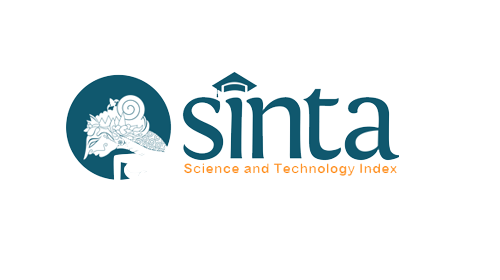Satisfaction of Undergraduate Nursing Students STIKes Dharma Husada About Blended Learning Methods
DOI:
https://doi.org/10.35568/healthcare.v6i2.4701Abstract
Blended learning model is a learning model that combines face-to-face and online learning. The application of blended learning in various universities has varying levels of student satisfaction so that evaluating the application of the learning model must be done to suit the needs of students and the applicable learning curriculum. This study aims to analyze the satisfaction of undergraduate nursing students in the blended learning method at STIKes Dharma Husada. This type of research uses an exploratory descriptive method. The population in this study were all undergraduate nursing students at level 3 and 4 of the 2022/2023 Academic Year; with purposive sampling technique, a sample of 150 respondents was obtained. The instrument used was a questionnaire to analyze the level of satisfaction of undergraduate nursing students in the blended learning method at STIKes Dharma Husada which refers to Parasuraman. Univariate analysis in the form of frequency distribution was used to identify the description of student satisfaction. The results showed that undergraduate nursing students at level 3 and 4 at STIKes Dharma Husada (73.33%) were in the satisfied category. Judging from the aspects of Reliability, Responsiveness, Assurance, and Empathy are in the satisfied category. While in the aspect of Physical Form (Tangibles) is in the dissatisfied category. Statement items in the dissatisfied category include learning media in the form of visual learning materials (pictures or videos), and online practices. Study program managers can facilitate learning media for each nursing station with additional interesting and attractive visual material with a more applicable model.
Downloads
References
Andala rama putra barusman, m. (2021). ). Model kepuasan mahasiswa. Penerbit adab.
Chandra sekhar rao csrv, v., & professor of english, y. (2019). Blended learning: a new hybrid teaching methodology. Jrsp-elt, 2456–8104. Www.jrspelt.com
Puspitasari, s., hayati, k. N., & purwaningsih, a. (2022). Efektivitas penggunaan model blended learning terhadap motivasi belajar dan hasil belajar ips. Jurnal basicedu, 6(1), 1252–1262. Https://doi.org/10.31004/basicedu.v6i1.2186
Rahman, d., oktarina, e., & malini, h. (2022). Studi fenomenologi praktik klinik mahasiswa profesi ners di yellow zone covid-19. Jurnal persatuan perawat nasional indonesia, 6(3), 155. Https://doi.org/10.32419/jppni.v6i3.361
Rohendi, h., ujeng, u., & mulyati, l. (2020). Pengembangan model blended learning dalam meningkatkan learning outcome mahasiswa di lahan praktik klinik keperawatan. Jurnal ilmu kesehatan bhakti husada: health sciences journal, 11(2). Https://doi.org/10.34305/jikbh.v11i2.205
Suliyanthini, d., zahra irwan, a., lubis, h., radiona, v. (2023). Jurnal ikraith-humaniora. Jurnal ikraith-humaniora, 7(1), 97. Https://journals.upi-yai.ac.id/index.php/ikraith-humaniora/issue/archive
Tambunan, j. (2021). Analisis model pembelajaran blended learning. Jurnal suluh pendidikan, 9(2).
Downloads
Published
Issue
Section
License
Copyright (c) 2024 The Author(s)

This work is licensed under a Creative Commons Attribution 4.0 International License.

















